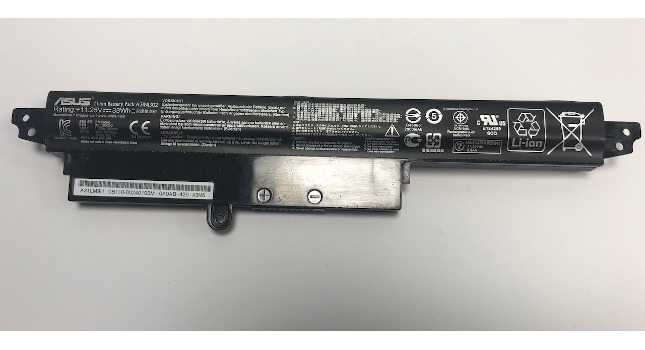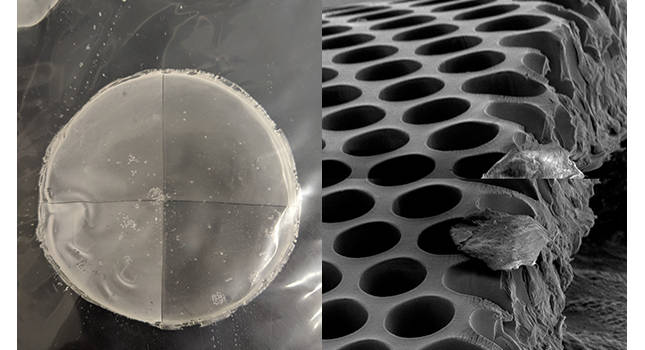Some industries are recession proof. But the application software industry is definitely not one of them. A software vendor's sales-lead pipeline usually starts to dry up at the first hint of an economic downturn. Unfortunately, software vendors have little choice but to ride out a downturn. There is only so much belt-tightening a vendor can do and still hope to be in a competitive position whe...
Some industries are recession proof. But the application software industry is definitely not one of them. A software vendor’s sales-lead pipeline usually starts to dry up at the first hint of an economic downturn. Unfortunately, software vendors have little choice but to ride out a downturn. There is only so much belt-tightening a vendor can do and still hope to be in a competitive position when the economy emerges. Even so, vendors become more circumspect about their expenditures and prospects. One sure sign of economic emergence is when this caution turns into full throttle pursuit of new business.
While 2001 had a hard ending for many CMMS/EAM vendors, according to all the proverbial indicators the economy is now on an upswing. So I expected an optimistic theme from CMMS/EAM vendors at this year’s National Plant Engineering, MRO & Maintenance show. I wasn’t disappointed. Even discounting the normal marketing and PR hype presented at these types of shows, I saw a competitive industry introducing new products and services. I saw genuine optimism about prospects for 2002 and beyond.
This doesn’t mean that everything is rosy in the industry. Traditional revenue sources are tightening with too many vendors chasing the same prospects. Any vendor that relies solely on existing products and services is not going to survive — let alone grow and prosper. New sources must be found. This requires continual investment in development, marketing, and sales. While the show is not necessarily a reliable vehicle for determining the long-term health of a vendor, it is still a good place to spot trends.
Continuing trends
Like previous recent shows, the web and mobile computing played prominent roles in the message vendors were pitching. Most of the new product announcements that I encountered centered on these two areas. Mirroring overall software industry trends, CMMS/EAM vendors are continuing to move towards the internet as a true delivery method for software services.
Just about every vendor had at least an option for web-enabled work requests and inquiries that allowed user departments to enter and access CMMS/EAM information through a web-browser. Most top tier EAM providers at the show were featuring pure web-based product architectures. This trend towards web-based architectures is driven by much more than the desire to allow users to access applications through a browser. It is about providing enterprises with deployment options that offer the promise of lower cost of ownership.
Top tier EAM vendors are directly targeting IT departments with this message. They are offering solutions that provide a better strategic fit to the overall direction of enterprise computing than proprietary client/server architectures. Application servers and databases are becoming an important part of their marketing collateral.
Both Datastream ( datastream.com ) and MRO Software ( mro.com ) featured new versions of their flagship EAM products. Datastream’s booth featured Datastream 7i, which was announced last October. Through this new product, Datastream merged their separate MP2 and MP5 products into one pure web-built CMMS/EAM solution. Datastream 7i is built on the Oracle internet application server (iAS).
At the show, MRO Software announced the release of Maximo 5.1, which features support for both Oracle 9i and Microsoft SQL Server 2000 databases. Its support of BEA’s WebLogic application server should provide considerable enticement to organizations that use this delivery platform for enterprise software needs.
MRO Software also introduced Maximo Mobile Suite at the show. This new offering is actually based on Syclo’s (syclo.com) mobile computing technology. Syclo provides hand-held applications for several other CMMS/EAM vendors. It also directly sold its own mobile computing solution for Maximo. MRO Software, like other vendors, has decided to incorporate Syclo’s technology directly into its own product line.
E-procurement and hosted services were two other trends that continue to mature from show to show. E-procurement did not play as conspicuous a role as it has in past shows. Both MRO Software and Datastream featured their respective integrated trading networks. But other CMMS/EAM vendors and MRO suppliers had a much quieter e-procurement message.
CMMS/EAM hosting services also had less visibility than at past shows. The concept of leasing software access from a third party data center was still evident. Cayenta ( cayenta.com ), Synergen ( synergen.com ), and Datastream advertised their hosted solutions. But they did it in a manner that implied that hosting was just an alternative revenue stream rather than the dominating force of the future.
One exception to this more subdued hosting message was Indus ( indus.com ), who launched the release of a totally internet-based product called InSite at the show. InSite is only available through a subscription service. Indus devoted all of its booth space to InSite. While Indus is still committed to its traditional licensed product lines, InSite represents a desire to reach new customers that are unattainable through their high-end licensed EAM suites.
Emerging themes and focuses
While the show was more about maturing trends for CMMS/EAM vendors, there were still some emerging themes to be seen. There was an increase in the number of vendors featuring embedded key performance indicators (KPI) that provide rule-based graphical indicators of maintenance activity and conditions. Also prevalent at several vendor booths was talk about workflow validation and auditing. This talk was primarily targeting pharmaceutical firms seeking maintenance solutions that support FDA electronic signature requirements.
Partnerships with industrial and facility automation solution providers were also more noticeable this year. One of the biggest crowds I saw at the show was at a Rockwell ( automation.rockwell.com ) presentation at Microsoft’s booth. The presentation was on Rockwell’s industrial control system and its integration with Maximo.
One focus that I had not seen at previous shows was the targeting of maintenance service providers as a potential revenue source for CMMS/EAM vendors. As outsourcing becomes more prevalent, both maintenance service providers and customers need a CMMS/EAM package to manage service contracts. Web-based or hosted solutions offer a good fit for this need.
With its recent acquisition by Integrys AssetPoint from Fluor Corporation, TabWare ( tabware.com ) was not present at the show. However, I did get the opportunity to talk to AssetPoint at the show.
While continuing to court Fluor’s maintenance services business, AssetPoint is aggressively pursuing other service providers. Indus is also heavily targeting automation and maintenance service providers with its new InSite product.
What lies ahead
The National Enterprise IT Show was across the hall from the Plant Engineering Show. It seemed that there were more enterprise vendors offering plant maintenance modules at this year’s show.
While not as prominent as other enterprise functionality, plant maintenance was still quite evident. Like CMMS/EAM vendors, enterprise software solution providers are seeking new revenue sources. Since maintenance is a critical factor in the success of the enterprise, it is only natural that the enterprise software or ERP industry continues to set its collective sights on maintenance operations.
While the Plant Engineering Show had its optimistic messages on the software industry’s future, I suspect that competitive pressures — both from within and outside the industry — will continue to gradually thin the ranks of CMMS/EAM vendors. But there are still new markets to tap and new customers to pursue.
CMMS/EAM vendors will continue to chase these opportunities through new products, enhancements, and services. But I suspect that we are beginning to enter into a period of maturation. I don’t expect to see many new concepts or product announcements at next year’s show.
I believe most vendors will concentrate on refining their existing product lines. But I’ll be the first to admit that next year’s show could hold some new surprises.



